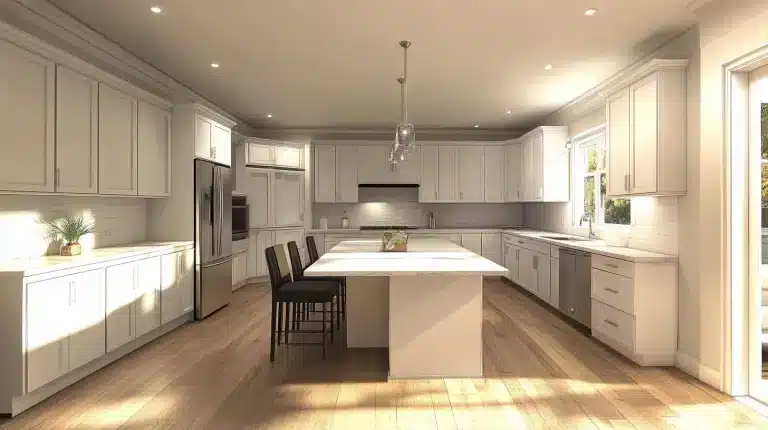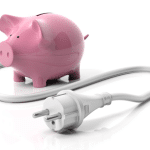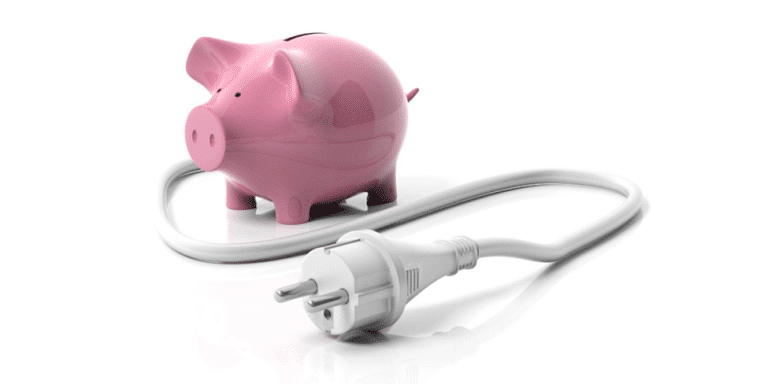Ready-to-Assemble (RTA) cabinets are cost-effective and versatile storage options for homeowners who want to save money and design their own cabinets. However, as bulkheads afford significant value, their durability is debatable if they are not reinforced in certain ways.
Whether in a kitchen, bathroom, or another area of your home, reinforcing the RTA cabinets can really assist in the durability so they are not quickly worn out. Here are several steps that you will need to follow in order to strengthen the RTA cabinets and thus shape a better protected appearance against wear and tear:
Step 1: Use Stronger Fasteners
Another practical way of strengthening the RTA cabinets is considering and changing the standard fasteners it contains. Most RTA cabinets are held by cam locks, screws or ordinary wooden pegs which could come off over time due to constant use.
With these fasteners, improving, for instance, to wood screws or metal brackets, it is possible to gain more strength and stability in the joints, making the cabinets more rigid. For instance, where cam locks had been used; using wood screws guarantees more secure and lasting joints of the cabinet parts.
An additional type of adhesive that may be used is a wood glue that can be applied around joints that are intended to be screwed together for reinforcement.
Ensure that you are using strong, water-resistant wooden adhesive especially in the area that may be exposed to moisture such as in the kitchen or bathroom. Screws ensure that you maximize the hold on your cabinets and this reduces the chances of the cabinet coming apart and losing its initial integrity.
Step 2: Strengthen the Cabinets Back Panels
Another major disadvantage associated with RTA cabinets is thin back panels that are also common in most designs. In some of these panels, the thin plywood or particle board used in its construction can easily bow or develop cracks when subjected to the weight of stored contents.
It should be understood that reinforcing the back panels may turn out to be helpful in providing cabinets with the needed strength.
To do this, you can screw a more substantial layer of plywood or Medium Density Fiberboard (MDF) to the back part of the cabinet. Saw the piece to the size of the back panel and then fix it to the frame by using the wood glue and screws.
This will ensure that they are rigid and can easily withstand a lot of pressure like when full dishes or kitchen equipment are placed on them. It is also possible to fasten the cabinets even tighter to the wall studs by using screws from the back through the extra layer of the back panel.
Step 3: Add corners for stability
As a final touch, corner braces can be added to increase the stability of the structure. One issue that you may have is cabinet corners as they can be relatively frail, particularly if you have bought RTA cabinets.
One way around this is to put L verts, or corner braces, inside the cabinets as an extra measure of stability. These metal brackets provide additional support to the structure by preventing the load to concentrate at one particular section of the frame.
For the braces, they are then placed along the corners where two strokes of the cabinet frame meet. Screw the brackets into the circuit panels so that they are tightly fixed on the cabinet panels.
This will ensure there is no movement at the joint to prevent any shifting of the jut in the cabinet frame or loosening over time. When selecting the brackets you should ensure that you are using the right size of brackets for the cabinets, Note that larger and heavier duty brackets are more suitable than the small ones.
Step 4: Strengthen Shelves and Drawer Glides
Cabinet shelves, though, usually have confined depths and width, are usually exposed to heavier loads, and are likely to sag or weaken with time. To avoid this, make sure you extend support brackets beneath your shelves in order to make them stronger.
These brackets will support the items placed on the shelves so that they will not sag. For long shelves, better add a center support bracket since this part will be more unstable as compared to the others.
All told, the standard slides that come w/ RTA cabinets may not have sufficient durability for long-term usage by drawers. It’s also recommended to replace ordinary drawer slides with the heavy duty ones, which are capable of handling higher load and are more smooth in action.
Usually, these slides have balls to facilitate their operation and reduce the chances of the frame of the drawer getting worn out. It might help to upgrade the slides to stronger ones so that your drawer maintains functionality despite the constant use.
Step 5: Secure Cabinets to the Wall
Yet another important measure that should be taken to strengthen your RTA cabinets is properly anchoring them to the wall. A lot of RTA cabinets already have standard screws for mounting, but using improved screws or anchors will often help a lot in terms of shelf stability.
Special care should be taken to screw the cabinets into the wall studs because this will help to get the best support. Another common type is to place a ledger board at the bottom of the cabinets during the installation process. It supports the stabilization of the weight of the cabinets to a certain extent, to avoid overloading the wall anchors and screws.
When it comes to upper cabinets, it is crucial to inspect the mounting very carefully since it has to support the load of things placed on it and is usually placed over countertops. Before screwing the cabinets to the walls, it is advisable to use longer screws that go through the back panel and into several studs so as to better anchor the cabinets.
Conclusion
Strengthening of RTA cabinets is useful in increasing its longevity as well as increasing its sturdiness. Upgrading fasteners, reinforcing back panels, including corner braces, and anchoring shelves help to keep your cabinets both functional and durable for many years.
Regardless of where you have your RTA cabinets, if they are in the kitchen or even the bathroom, these reinforcements will help you to safeguard your investment so that your RTA cabinet will keep on being beautiful and functional as the day it was bought.
For more information visit IndoorLavish









